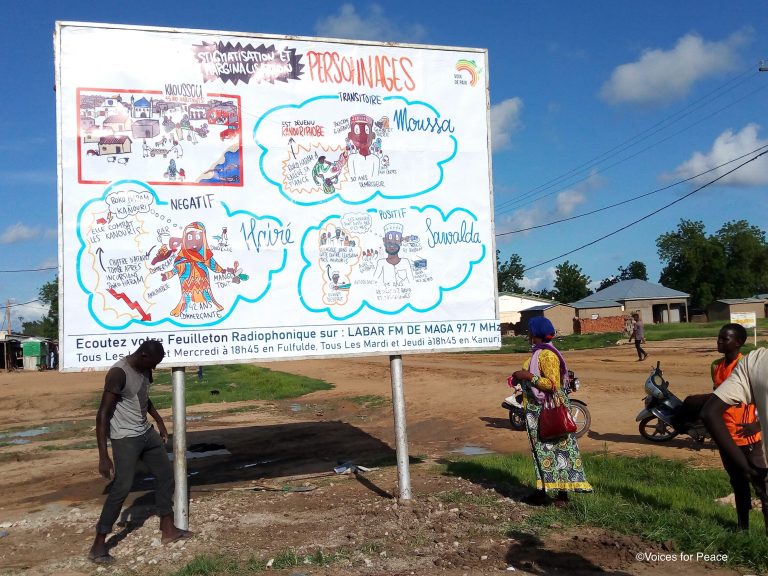Analog Meets Digital: Visually Capturing Conference Knowledge
Does drawing on a tablet trump visualizing with marker and paper? That’s not a question of faith, but a question of intention, says bikablo illustrator Stefan Böker. In April 2019, he supported a conference on the topic of “university didactics and teaching” – with iPad, pinboard and sticky notes.
by Susann Figueredo Hechavarria
SHARE ARTICLE
“Every medium has its strength. It’s a matter of using them strategically!”
Stefan, you worked as a visual facilitator and graphic recorder for the “6th Forum on University Teaching” of the hdw nrw network in Mönchen-Gladbach. What was your assignment?
It was mainly about knowledge retention and reflection. We wanted to collect and visualize the participants’ thoughts on the four most important topics: tutoring, knowledge transfer for learning support, continuing education in higher education didactics, and digital teaching. The knowledge of the participants is quickly lost at a conference like this, therefore, it was important to make a plan to capture this information in advance. It is also important to have a record of who asked which questions and how the answers are fed back into the process.
The topic of digital and analog was thus also the content of the event. How did you decide when to work with pen and paper and when to work on the tablet?
We never plan something like this on our own, but always in consultation with the client. Together with the organizer, Heike Kröpke, we figured out how the knowledge in the room should be collected, visually processed and presented. Analog tools such as sticky notes, pin boards, pen and paper are often best suited when a group is self-directed and directly captures and exchanges knowledge. The power of the iPad and projector, on the other hand, is to share results with all participants and the “world out there.”
How did you go about it?
At the very beginning, we asked the participants to compile their thoughts on a poster during the breaks using different colored sticky notes. I then evaluated these thoughts with the hosts and summarized them into key statements. This in turn resulted in a digital visualization that we evaluated with all 80 participants at the end of the event. The beauty of a joint final reflection is that the participants can take home an actual artifact – a mindful and professionally designed knowledge product on which they have actively contributed to.

Aside from careful process planning, which plays an essential role in the consulting of bikablo bildwerk – what are the advantages of digital visualization in capturing information in real-time?
When clarifying the assignment, we often find that it could be detrimental to the learning and dialog process if a large graphic recording in the room distracts the participants from the task at hand. On the tablet, on the other hand, I can work very discreetly. I can also add, correct and rearrange content more easily. However, digital visualization really comes into its own during presentations. A large group can experience my recording better on a large projection screen. I can run through my drawing process again in fast motion, zoom into the image and then place individual content back in the overall context. And I can even add the final comments of the participants live.
So with every project, there are new approaches to linking digital and analog. Thank you very much for the interview!

MORE ARTICLES ON THIS TOPIC
You Might Also Be Interested In...

Using pictures to promote a good climate: bikablo meets Fridays For Future
With “Fridays for Future” a fascinating worldwide youth movement has emerged. bikablo supported the summer congress in Dortmund with graphic recording and visualization trainings.

Closer than we thought: Visualization and Comics
What do graphic novels and graphic recording have in common? This is the question bikablo asked itself in a conversation with the comic artist Oliver Scheibler at the Comic Festival in Cologne. An experience report with surprising insights.

How to create an educational radio soap with a pencil
Interview with visualizer Filippo Buzzini of ‘Sketchy Solutions’, who helped us with a project in West Africa.